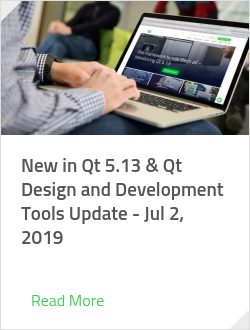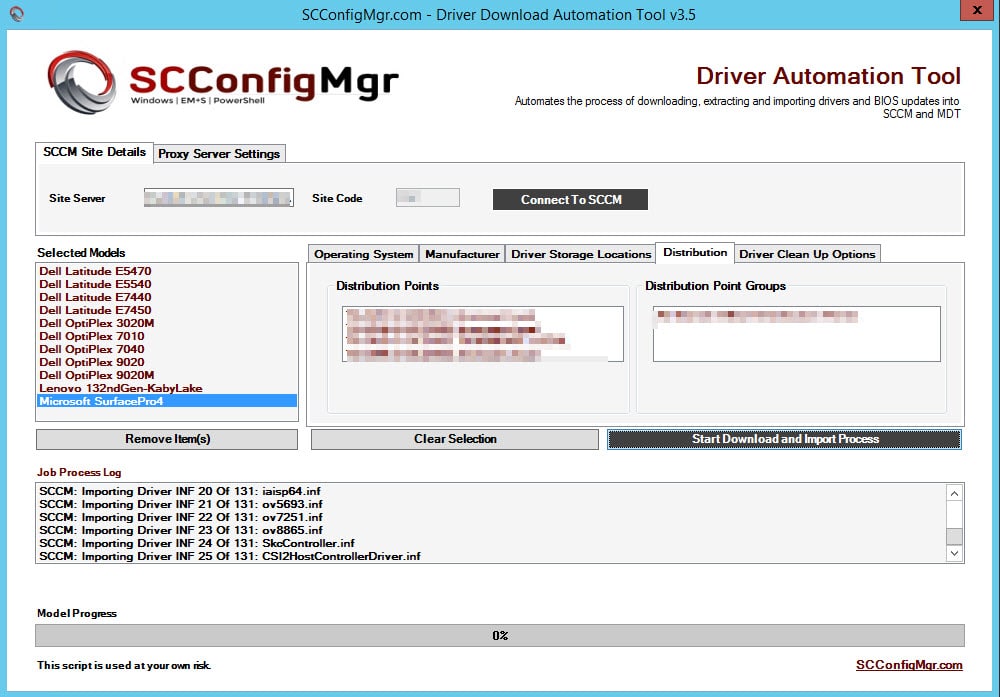Since 1996, Qsr Automations, Inc. Has been providing Computer Software Development And Applications from Louisville. Qsr Automations, Inc. Is incorporated in Kentucky. QSR Automations is a global technology company with leading positions in kitchen automation and guest management services. Since 1996, we have empowered independent, multi-unit, and large chain operators with smart management solutions that improve the dining experience and make restaurants of any size and concept more successful. QSR’s customers trust our kitchen automation, guest management, and restaurant hardware products to create better solutions for their restaurants. QSR AUTOMATIONS, INC. Scientific, Nautical, Surveying, Electric, Photographic, Cinematographic, Optical, Weighing, Measuring, Signaling, Checking (Supervision), Lifesaving And Teaching Apparatus And Instruments; Apparatus For Recording, Transmission Or Reproduction Of Sound Or Images; Magnetic Data Carriers, Recording Discs; Automatic Vending Machines And Mechanisms For Coin Operated Apparatus; Cash Registers, Calculating Machines, Data Processing Equipment And Computers; Fire-Extinguishing.
Mobile ordering set about a revolution that allowed people to order food quickly and more conveniently from home and in transit. Voice activation is now doing the same for quick service and fast casual operators who want to help their customers make efficient use of their time and acquire the food they crave with minimum effort.
'The pro of voice ordering is really the convenience,' says Chris Roeser, Domino’s director of digital experience. 'There’s an incredibly low barrier to entry, which means that customers will be able to think it, speak it, and get it. The cons are the learning curve, on both the customer and business side, as well as the fact that we’re transitioning from a world that is very visual to one that may not have a visual fallback.'
Roeser says that customers are looking for improvements in Natural Language Processing, which drives the technology, as well as advancements in the technology’s ability to maintain context throughout a conversation. 'Things to take some of the stress of carrying the conversation to a successful endpoint off of them, and back to the technology,' Roeser says.
'Asnatural language recognition continues to improve it will drive adoption to this space, and it does seem that we're getting closer to an inflection point there,' says Chris Dargis, chief e-commerce officer for Pizza Hut. 'Amazon Echo is very good, Google Home product is very good. I know that everyone out there in that space is working very hard to improve natural language recognition.'

Pizza Hut formed a partnership with Amazon that led to its Alexa application hitting the market in December. Check point network & wireless cards drivers. While the brand sees other platforms like Google Home and OnStar as promising, Pizza Hut has not revealed what its potential future plans are with other companies. Dominos' Alexa skill was added in February 2016, and Wingstop started voice activated ordering via Alexa mid-January.
Qsr Automations Laptops & Desktops Driver Download For Windows 8
'So far the feedback has been very positive,' says Dargis. 'We've seen videos posted on Instagram and YouTube and seeing customers using it and really enjoying it. Voice-activated ordering is a fun thing to do. You're interacting with brand-new technology that is pointing the way to the future.'
While both mobile and voice ordering are convenient, they represent a different type of experience. 'With a web or app experience where you have a visual user interface, you can guide the customer along the recommended path,' Roeser says. 'This can help make it easier for them to give the required information and can also make it easier to do things like build a product that has multiple different components to it. With voice, the customer is really driving the conversation. That means we need to be smart about how we’re handling the conversation, but also incredibly flexible so that we can support their ideal ordering conversation.'

The next step in voice activation beyond ordering will be ascertaining where to eat based on real data from quick serve and fast casual kitchens. Throughout their 21-year history, QSR Automations has focused mainly on kitchen production and front-of-house operations, but with more of their software functions being pushed into a cloud-based system, a lot of information is available to be accessed for different means outside of restaurants.
Qsr Automations Laptops & Desktops Driver Download For Windows 10
DineTime grew out of QSR Automations’ original guest management product, ConnectSmart Hostess, released in 2007 and adopted by several large, national chain customers. ConnectSmart Hostess evolved into DineTime four years ago and was released as a consumer app two years later.

QSR Automations is planning the first big public marketing push for DineTime this year, which coincides with the boom in voice activation technology. The company launched the voice-activated app through Alexa in December, and it allows people to check on restaurant wait times, see the number of parties waiting, and be added to a wait list at a full-serve establishment. In the near future, it will allow for fully booking tables, and by mid-year, QSR Automations plans on rolling out a version for the quick-serve sector, which will allow consumers to find out what how busy a local unit is based on the real-time number of orders being processed and average cook times.
'For quick serve and fast casuals it is not going to be 100 percent perfect because there may be only one order active in the kitchen and 20 people just walked in,' says Lee Leet, founder and CEO of QSR Automations. 'We also know historical counts as well, so you can derive stuff [from it]. We'll share information on what's there, and at least that can help you make decisions based on information. It's going to be huge with tying in all that real-time information [with] mobile ordering and delivery.'
Qsr Automations Laptops & Desktops Driver Download For Windows 7
Dargis believes that adoption rates for voice-activated usage will be similar to if not greater than mobile. He notes that as the increased use of smart phones led to a gradual rise of mobile ordering to the point where it is more common, so too can voice-activated ordering jump from being a niche operation to one that it is regularly accessed via multiple platforms like Amazon Echo, laptops, mobile devices, and cars.
While Amazon Alexa and Echo sales have reached in the millions, and Google Home is making inroads, there are still millions more potential consumers to be found. 'Mobile ordering, as it is currently thought of, will be significant to our business for the foreseeable future,' Roeser says. 'The big bets in the space are on voice and bots, but it is anyone’s guess as to how soon customers will adopt them.'


